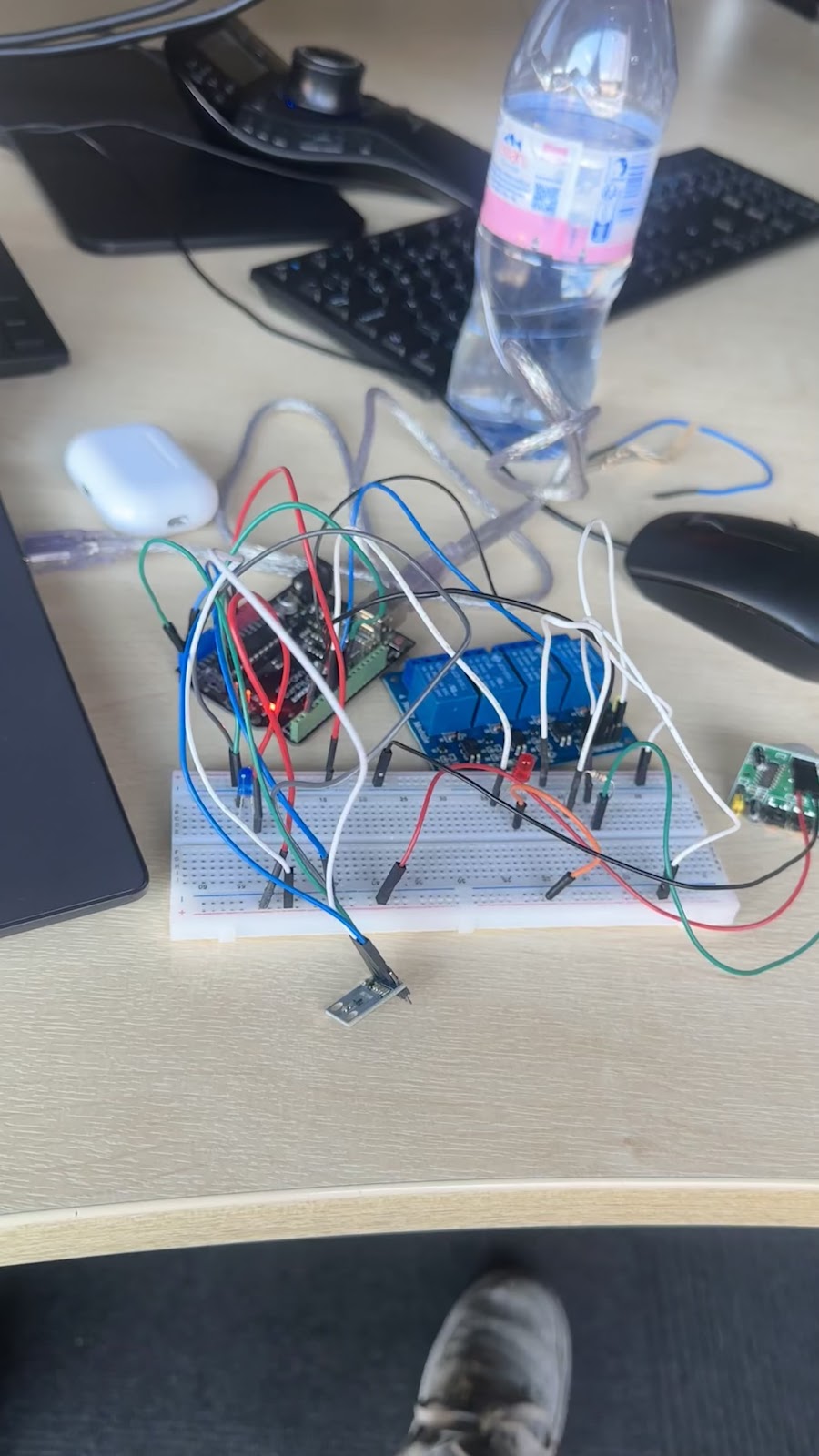Smart Lighting System key Phases; Motion, Light, and Gesture Control
To optimize lighting automation, I have divided my approach into three key phases: room occupancy-based control, natural light adaptation, and gesture recognition. Each phase addresses a different aspect of energy efficiency and user convenience.
The implementation and simulation of each phase will involve testing the respective sensors and control mechanisms individually before integrating them into a unified system.
Room Occupancy Control: The PIR motion sensor will be tested to ensure accurate presence detection, and its integration with the relay module will be verified.
Natural Light-Based Adjustment: The light sensor will be simulated in various lighting conditions to confirm its ability to dynamically adjust brightness levels.
Gesture-Based Interaction: The camera module will undergo simulation to recognize predefined hand movements for controlling the lighting system.
1. Light Intensity Control Using Room Occupancy
Motion Detection with PIR Sensors
The PIR motion sensor detects human presence and automatically turns lights ON/OFF based on occupancy.
This ensures that lights remain on only when needed, preventing unnecessary energy consumption.
The Arduino Mega processes motion detection data and controls the relay module to switch lights accordingly.
2. Light Intensity Control Using Natural Light Levels
The light sensor measures real-time natural light intensity and adjusts artificial lighting accordingly.
The system dims or turns off lights when sufficient daylight is present, reducing power consumption.
This feature enhances comfort by maintaining optimal brightness levels without excessive lighting.
3. Light Intensity Control Using Gestures
Gesture-Based Control (Camera)
The camera module captures user hand gestures, allowing seamless control of lights without physical switches.
This feature enhances accessibility and modernizes home automation.


Comments
Post a Comment